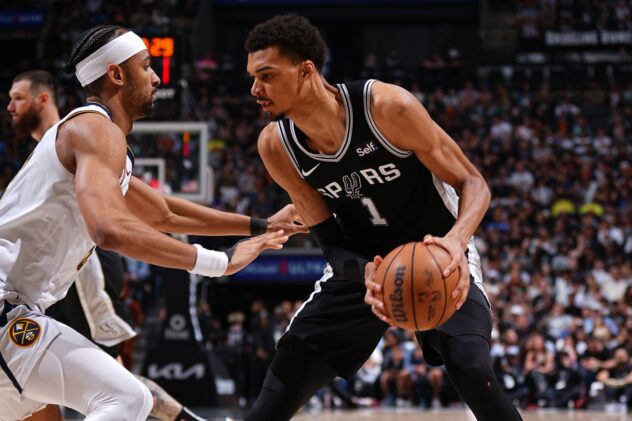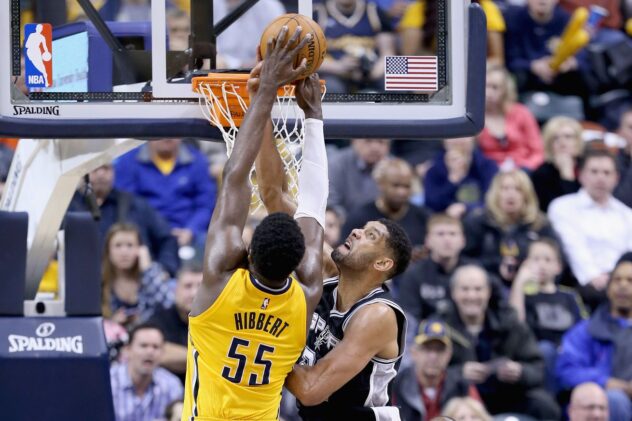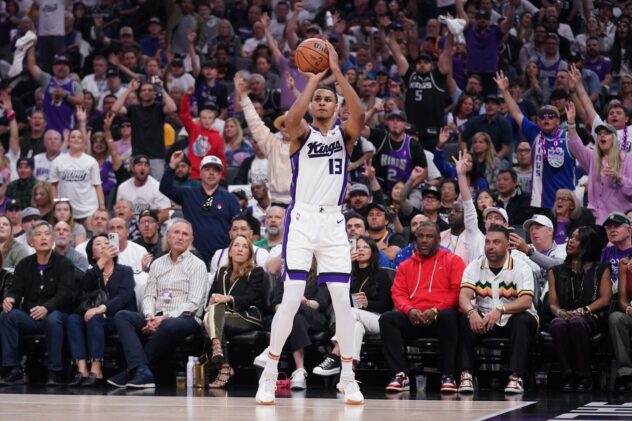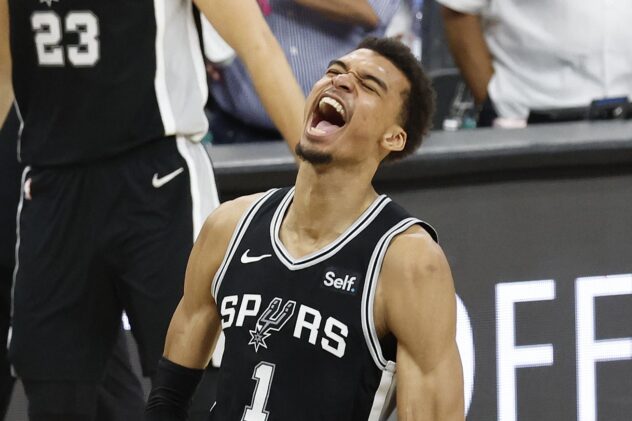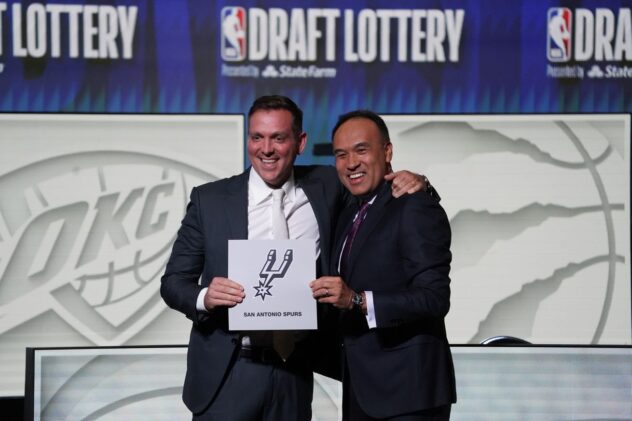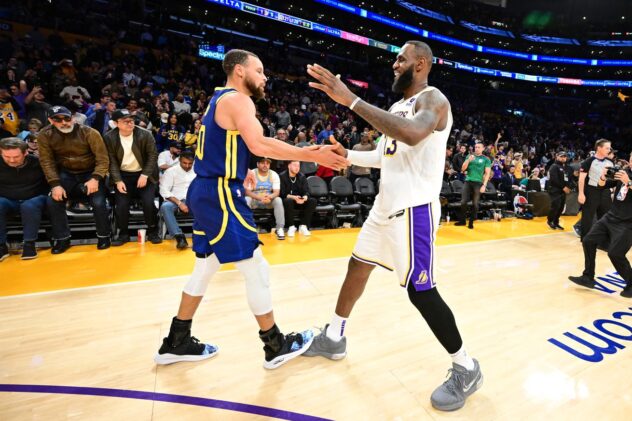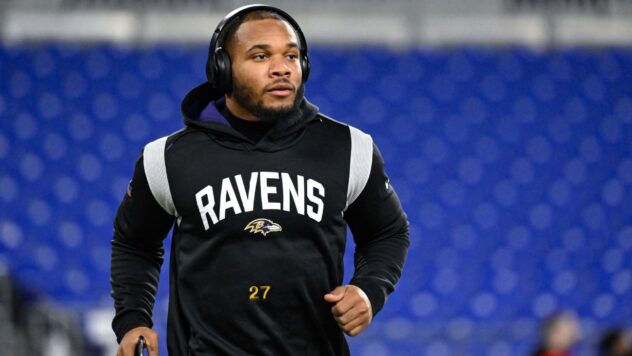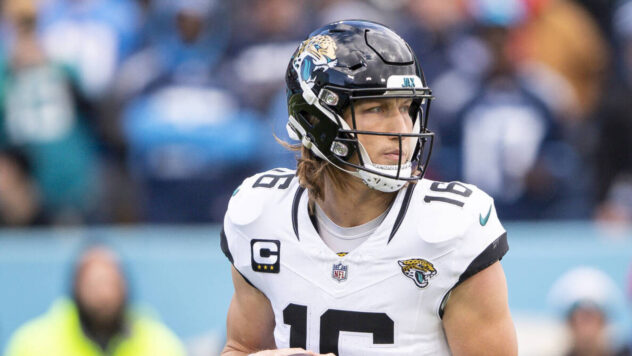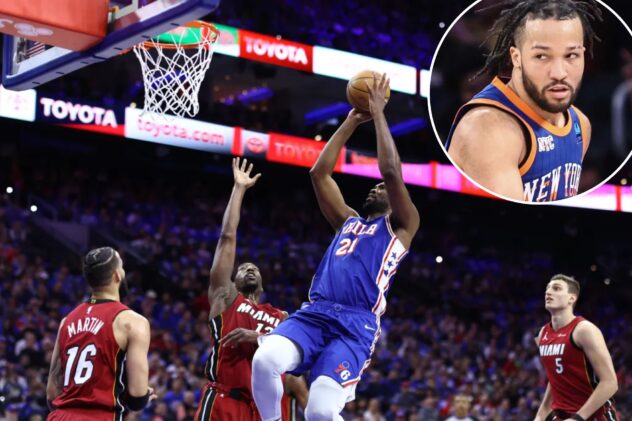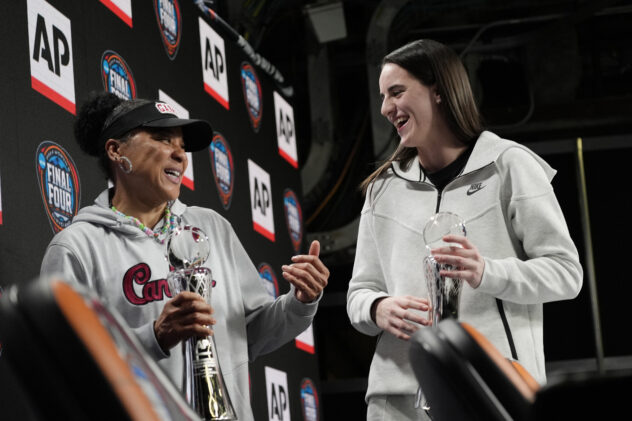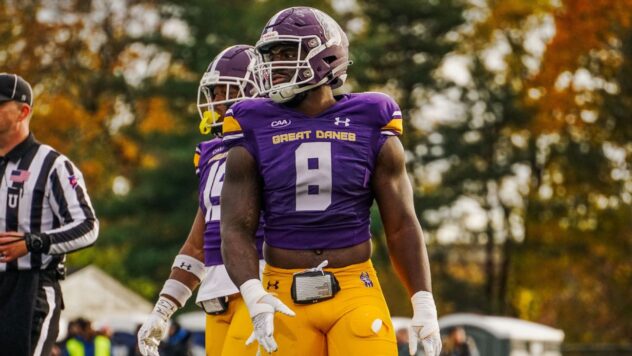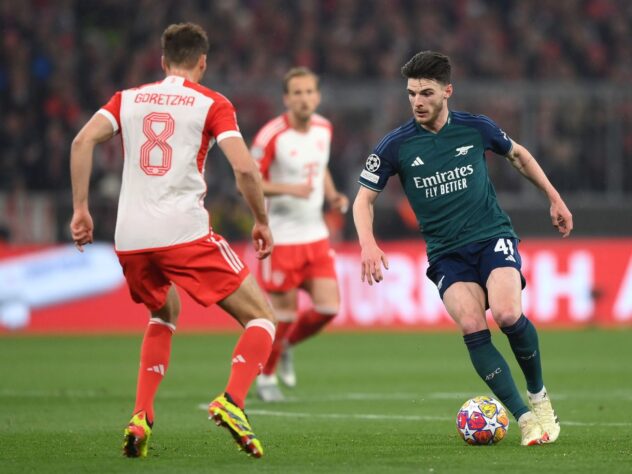Dejounte Murray is worth starting for his defense alone
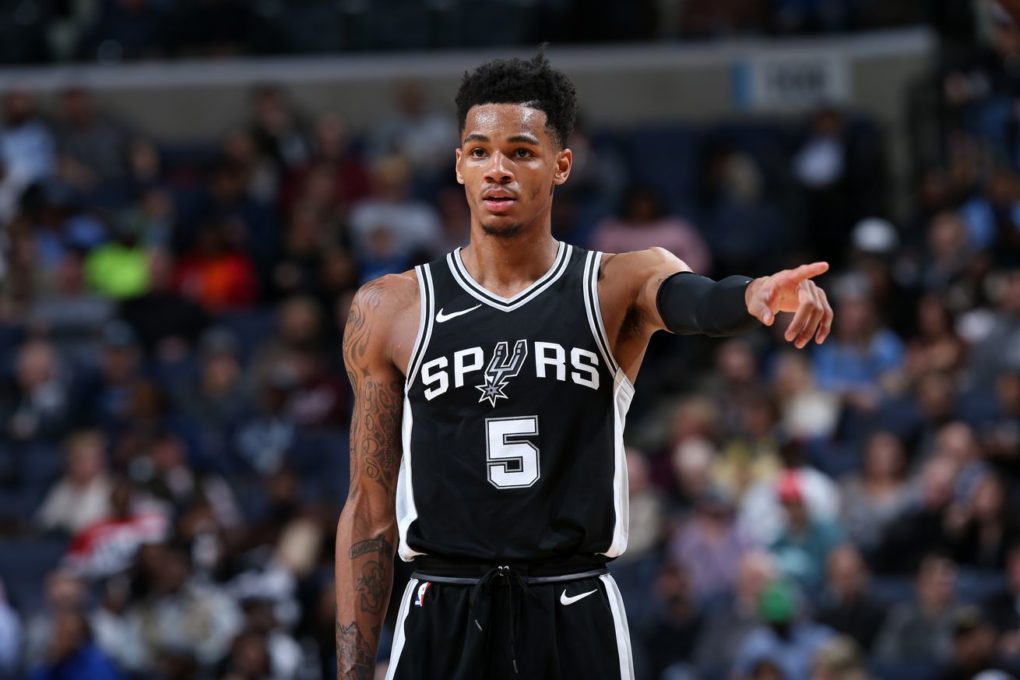
Murray’s defensive upside could be the difference maker the team needs now and in the future.
Last month, the Spurs announced that Tony Parker would no longer be the team’s starting point guard. At age 35 and in his 17th year in the NBA, Parker has officially become a role player. Transitioning from six-time all star and former finals MVP to the bench is not an easy move, but Parker has taken it in stride.
After the announcement, Parker explained that he fully supports the decision:
If Pop sees something that is good for the team, I will try to do my best…I will support Pop’s decision, and I will try to help [Murray] as best as I can and try to be the best I can in that second unit with Manu and Patty [Mills].
San Antonio’s new leading man at point guard, Dejounte Murray, was taken in the first round of the 2016 Draft based on raw talent accompanied by superior defense and rebounding. Murray is starting to flash some of the upside that caught the eye of LeBron James when he was a prospect coming out of high school.
Murray is already an elite talent on the defensive end. In ESPN’s defensive real plus minus (DRPM) rankings — a statistic that estimates a player’s on-court impact to a team’s defensive performance in terms of points allowed per 100 possessions — Murray ranks first in the NBA at the point guard position with a +3.31 rating. The next closest player, Tyus Jones, grades out 0.72 points behind Murray, an extremely wide gap.
Then there’s his rebounding prowess. Murray has a 14.8% rebounding percentage that ranks second among all guards in the NBA, behind only reigning MVP Russell Westbrook. While a player like Westbrook can sometimes be guilty of cheating off of his defensive assignment to get closer to the rim, the most impressive part of Murray’s work on the glass comes from his ability to close out his assignment and still get to the rim for a rebound. Murray’s superior DRPM shows that he can defend on-ball better than any point, and still get into the paint to grab rebounds.
Check out his hustle to get to the defensive glass on this pick and roll. Murray fights to get around a Lucas Nogueira screen a few feet behind the three-point line and still immediately finds his way to the rim for rebound a few seconds later.
Even though he’s been playing from the bench much of the season, Murray ranks 6th in the NBA in rebounds per game at the point guard position. Here are the leaders:
/cdn.vox-cdn.com/uploads/chorus_asset/file/10137853/rbs_per_game_leaders.jpg)
Clearly, the one number that jumps out in this table is Murray’s 18.9 minutes per game which is 44.7% lower than the average of the five players ahead of him. For most of the season, Murray had been in a timeshare with Tony Parker and he was splitting time with Patty Mills prior to Parker’s return from a left quad injury that was suffered in the playoffs last season. When we expand his numbers out on a per 48-minute basis, it is clear to see how dominant Murray is on the glass.
/cdn.vox-cdn.com/uploads/chorus_asset/file/10137857/rbs_per_48_mins.jpg)
He stands at 6’5” and has an insane 7’0” wingspan, which makes him a matchup nightmare for opposing point guards. In the below play, see how effortlessly Murray uses his length and speed to glide around a Bobby Portis screen and stay right with his defender to cause a turnover.
Clearly, it would be unfair to compare Murray to Tony Parker because the strength of each is the other’s weakness. Throughout his career, the Spurs were able to hide Parker in Gregg Popovich’s defensive scheme, much like what the Celtics are currently doing with Kyrie Irving. However, at this point in his career, Parker just doesn’t bring the same edge offensively to warrant starter’s minutes.
Tony Parker’s 47.7% effective field goal percentage (eFG%) is his lowest since his rookie year in 2001-2002 and his 8.3 points per game represent the lowest total of his entire career. On top of having a -1.92 offensive real plus minus (ORPM) rating this season, Tony Parker’s -0.63 defensive real plus minus (DRPM) is ranked 57thout of 98 point guards.
From an offensive standpoint, Dejounte Murray is still extremely raw with a streaky-to-nonexistant jump shot. However, he possesses a superior ability to get to the rim and has an explosive play-making ability that Parker doesn’t have at this stage in his career. In a game against the Cavaliers on January 23rd, just his second in the starting lineup, Murray went off for 19 points, 10 rebounds, and 7 steals. His ability to get to the rim at will was on full display. In this clip, he dismantles the defense of Isaiah Thomas and Kevin Love for an easy layup.
Here, as soon as Danny Green begins his shot, Murray sprints to the paint to crash the offensive glass and secures a position for an easy put back.
While Murray has shown a lot of promise, there are a couple of glaring weaknesses in his game. He has a 43.5% effective field goal percentage (eFG%) and shoots a paltry 22.2% from downtown. However, young players have been known to make enormous strides from year to year with their jump shot. Murray has flashed a nice shooting touch at times so there is certainly potential. For comparison, Tony Parker had a 46.7% eFG in his rookie season, but after a few years he was regularly shooting 50% or better. In the same vein, there’s no reason to believe that the Spurs won’t be able to help Murray become a more reliable shooter.
Murray’s offensive game should come along in time, but his defensive ability is rare and frankly unmatched. In a defensive scheme that has consistently been among the best in the NBA, Murray is likely to be an elite defender for years to come and has the ceiling to become a Defensive Player of the Year candidate in short order. Tony Parker’s benching may have been a surprise to the casual NBA fan, but for those watching Murray’s development over the past two seasons – it was just a matter of time.
Source: Pounding The Rock

